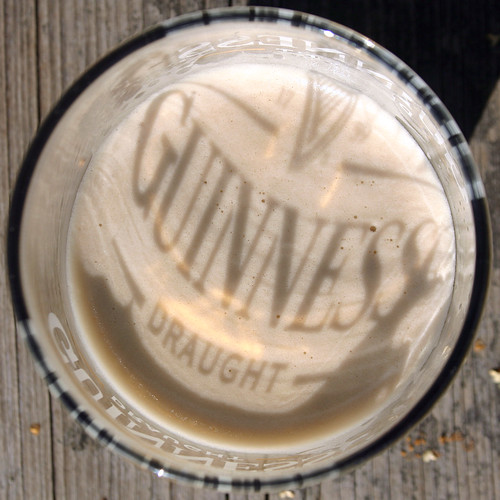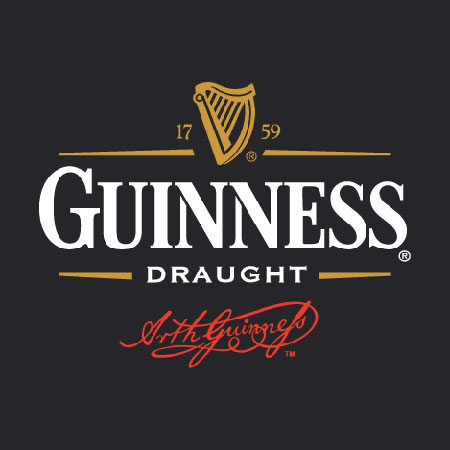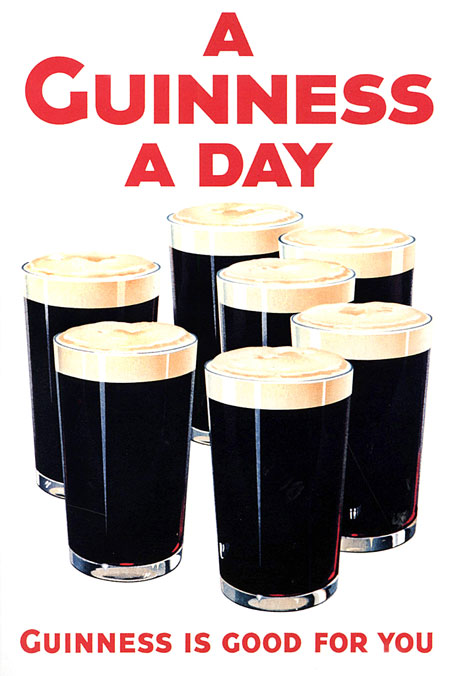
General Ford? Chrysler Motors? How about we just merge all three big U.S. automakers into one, call it GMCF and be done with it?
A flurry of news reports this weekend said General Motors Corp. has held talks recently with Chrysler and Ford about a merger, and yet others said Ford is thinking of selling its one-third share of Mazda to shore up its financial position. Given the turmoil in the stock and credit markets these days, there seems to be strong incentives to arrange some kind of corporate marriage or major asset sale -- and almost as many barriers.
Sources at the automakers confirmed on Friday night and Saturday that talks between GM, Chrysler and Ford had occurred, but would not describe them as anything more than preliminary. The talks between Ford and GM, a source said, were not merger-oriented; rather they focused on an alliance or other partnership, and in any event have broken off.
Officially, both Chrysler and General Motors released statements acknowledging efforts to explore new business opportunities, but neither would confirm specific talks of a tie-up with the other.
"We frequently have conversations with other automakers on subjects of mutual interest," said GM spokesman Tony Cervone. "That is not related to this particular rumor, which we are not, as a matter of policy, confirming or denying." The lead spokesperson at Chrysler made a similar statement. "The company is looking at a number of potential global partnerships as it explores growth opportunities around the world," Lori McTavish said. "Beyond those partnerships already announced, however, Chrysler has not formed any new agreements and has no further announcements to make at this time."
One scenario has GM, the largest U.S. automaker, taking control of No. 3 Chrysler, giving the combined entity roughly 35% of the U.S. market while providing possibilities of significant cost savings for the automakers.
Another possibility would have ...
GM trade its 49% stake in GMAC for Chrysler. Chrysler's parent, Cerberus Capital Management, already owns 51% of GMAC, which is GM's lending arm. A source familiar with General Motors downplayed the chances of such a swap, suggesting it would be overly favorable to the private equity firm.
GM sold the majority stake in the automotive and mortgage lender to a consortium led by Cerberus in late 2006 for $7.9 billion. Cerberus acquired 80.1% of Chrysler from German automaker Daimler in August 2007.
All three U.S. automakers have run into financial difficulties amid the current economic downturn. Rising gas prices and sinking consumer confidence have hurt the entire industry. For GM, Ford and Chrysler, lineups heavy on unpopular trucks and SUVs have pushed down sales even faster than most rivals. Through September, GM's sales are down nearly 18% compared to last year, Ford's are off 17%, and Chrysler's sales have decreased 25%.
Questions about liquidity have plagued GM and Ford since the spring. GM is burning through roughly $1 billion per month, eating heavily into its reserves, which stood at $21 billion at the end of the second quarter; Ford's cash stockpile weighed in at $26 billion at the end of June.
This week, renewed doubts about sales and cash supplies drove shares of GM down to 58-year lows, reaching as low as $4.76 on Thursday and putting the company's market capitalization under $3 billion, while Ford dropped to $1.99 on Friday, its lowest level since 1982.
Chrysler executives have repeatedly said the company is meeting the expectations of managers at Cerberus, but have not specified what those are. Over the summer, Chrysler was unable to find sufficient funding for a major credit facility is hoped to renew. That, combined with huge declines in residual values of its vehicles, forced Chrysler to abandon automotive leasing.
Word of conversations between GM and Ford illustrate the pressures all three automakers are facing. With limited access to capital on the open market, terribly weak September sales, and increasingly negative assessments from Wall Street, the Big Three would appear to be considering all options at this point.
Although sources suggest that talks between the two giants stopped short of a merger, a working alliance between the two would be a significant break from nearly a century of rivalry. A potential sale of highly profitable Mazda underscores the seriousness of Ford's cash situation. Earlier this year, Ford sold both Jaguar and Land Rover. It also owns Volvo, but has denied it will sell that unit.
All three companies have taken aggressive steps to cut costs. They have reduced production, laid off tens of thousands of workers, and announced plans to overhaul their lineups to include more smaller, fuel-efficient cars, while producing fewer trucks and SUVs.
In July, GM revealed a plan to raise $15 billion, largely through $10 billion in cost cuts. And additional $5 billion would be raised through secured borrowing and asset sales, including its Hummer brand, which it put on the block. That sale has not gone through, and reports suggest that the nearly frozen capital markets have made such a deal all but impossible at the moment.
Given such challenges, industry experts say a merger would provide ample opportunities for GM and Chrysler to further cut costs. Because both automakers have a large number of similar vehicles in their lineups, combining forces could allowsome vehicles to be taken out of production, with concomitant reductions in acquisition, distribution and marketing expenses.
That would likely lead to further job losses. This year, the auto industry has laid of 80,000 workers in the U.S., and last year another 70,000 workers were pink-slipped. In September, sales reached 15-year lows, and recent reports indicate that the 2008 total for the U.S. sales could be as low as 13 million units, almost 20% below last year's total.
Most of those cuts have come from the Detroit automakers. On Thursday, Volvo, a unit of Ford, said it would lay off 6,000 workers, triple the number it had announced in June.
Chrysler's previous link-up with another automaker, Daimler, proved an unhappy match. Chrysler was acquired by the German maker of Mercedes-Benz vehicles in 1998 for $37 billion. That mashup proved unworkable in great part because the two carmakers made vastly different kinds of vehicles, and because, ultimately, Chrysler's money-losing ways proved too much of a drag on Daimler's results.
Prior to Chrysler's 2007 sale to Cerberus, GM had considered a purchase of the automaker, which makes Jeep, Dodge and Chrysler vehicles.
More recently, Chrysler was again object of speculation, this time from France, where it was rumored Renault-Nissan was interested in acquiring a stake in the Detroit company, or in forming a joint venture or other partnership. That has not materialized.
Last month, Daimler said it was in talks with Cerberus to sell the remaining 19.9% stake it holds in Chrysler.
GMAC, meanwhile, has had its own problems. Founded by GM to finance sales of its vehicles through dealer showrooms, the lender in the past decade invested heavily in home mortgages through its ResCap, or residential capital, division. While ResCap was among the lender's most profitable areas for a number of years, it has taken heavy losses as the value of its mortgage holdings has plummeted in the subprime lending crisis.
Like other lenders, GMAC has been hampered in its ability to raise capital due to its holdings. However, it has also been impaired, some say, by its close association with GM, which has had its credit rating cut from AAA to B, or junk, status in recent years.
By separating GM and GMAC, one line of thinking goes, the lender could potentially improve its own credit ratings. And GM, by acquiring Chrysler, could have access to the large reserves of cash -- as much as $5 billion -- that the smaller automaker has on hand.
Sources reached on Saturday, however, suggest that GM would not be interested in such a deal, indicating that the trade rumors may have come from Cerberus, which has shown confidence in the lender's operations of late, calling mortgage-backed securities undervalued.
Although the GM and Chrysler talks continue, a source said that they are unlikely to result in any deal for weeks, if not months.
-- Ken Bensinger

















































